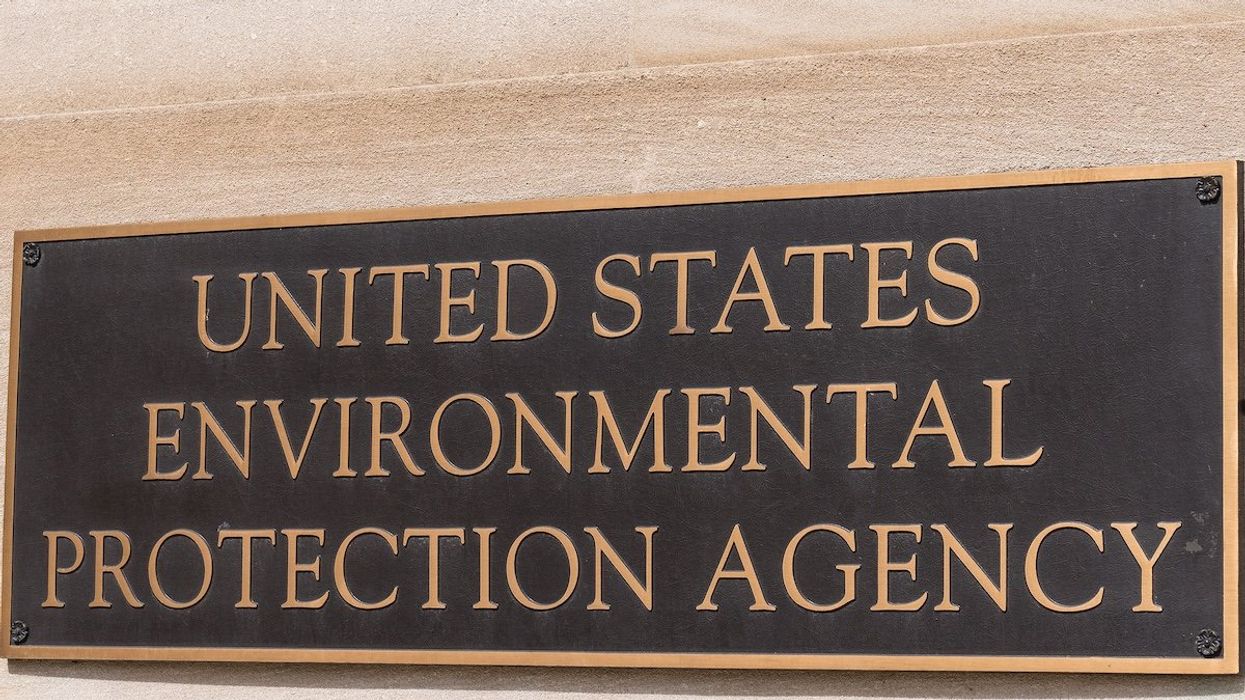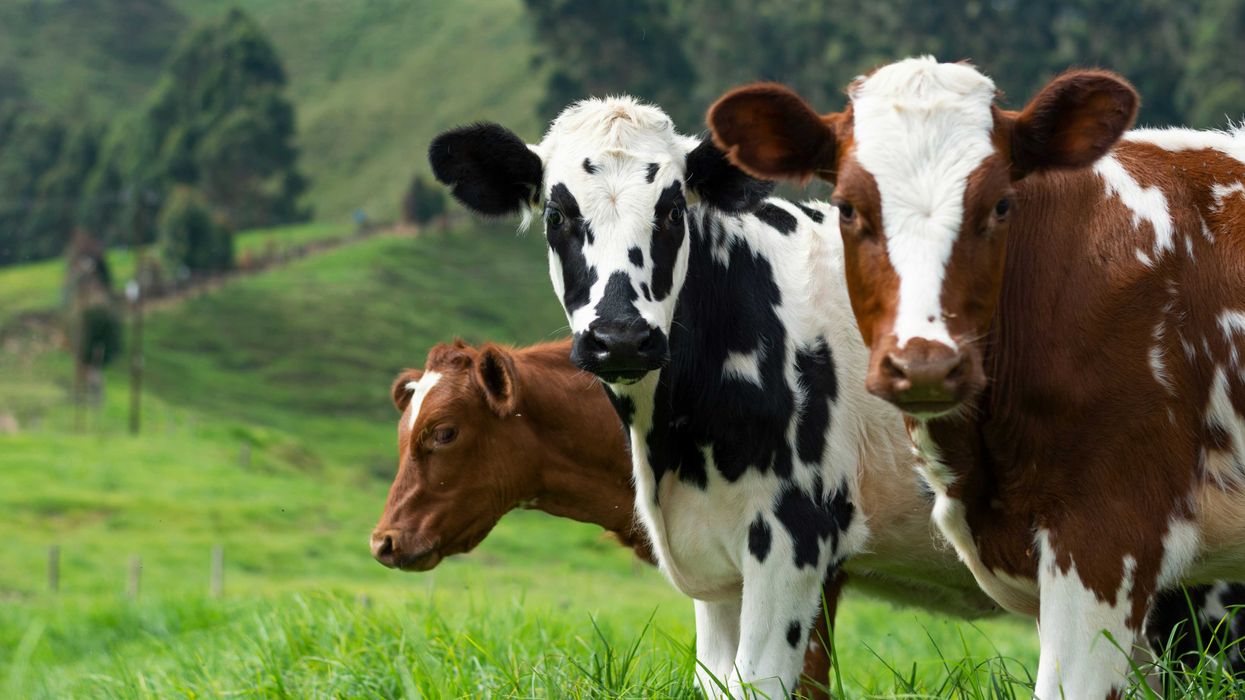Three-quarters of the world’s land has become significantly drier due to human-driven global warming, according to a U.N. report released during desertification talks in Saudi Arabia.
Raymond Zhong reports for The New York Times.
In short:
- Human-caused global warming has intensified dry conditions across every continent in recent decades.
- Nearly 30% of the global population lives in moisture-deprived areas, up from 20% in 1990.
- The report warns that more land could degrade into barren wastelands, threatening food production and increasing water scarcity.
Key quote:
“As long as we are continuing to warm the atmosphere, the atmosphere basically demands more water.”
— Dr. Narcisa Pricope, land systems scientist at Mississippi State University
Why this matters:
Drying trends affect food supplies, water availability and ecosystem health, posing risks to global stability. Countries reliant on agriculture are vulnerable to crop failures and economic hardship. Addressing emissions and water use is essential to mitigate desertification.
Related:














